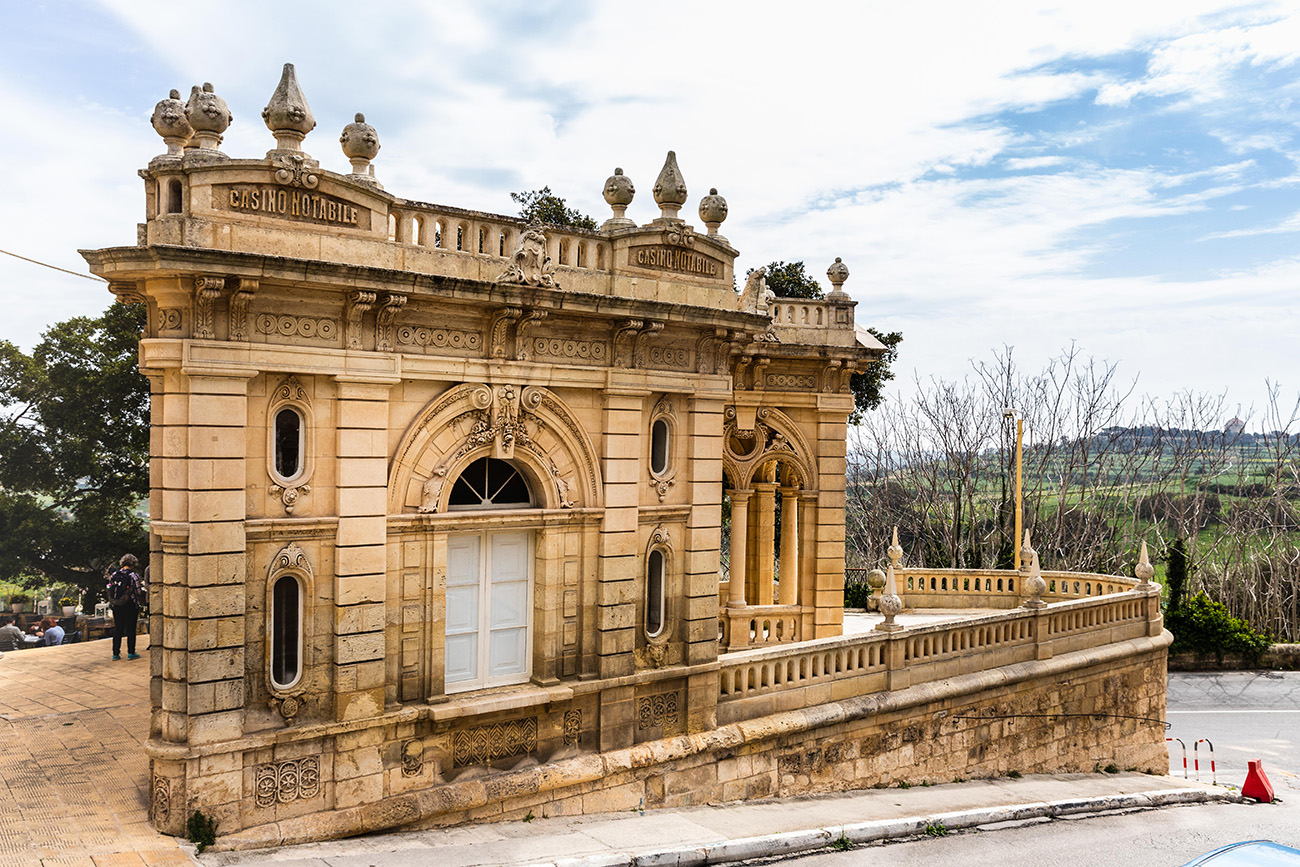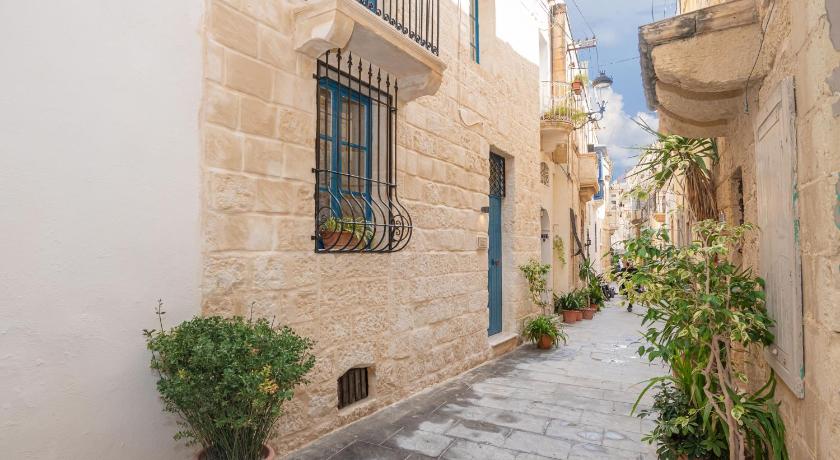

Rabat is a unique, vibrant town permeated with history yet full of energy and cultural activities. Its origins are hidden in the mists of history and its name defines it.
Rabat – What’s in a Name?
It is the suburb of what, till the fourteenth century, was the only walled town on the island—modern-day Mdina. Rabaḍ in classical Arabic referred to the town outside the main town or the madīna.
The Location
Coming up to Rabat, Mdina dominates the rural skyline with its majestic bastion walls. Going up Saqqajja Hill is Casino Notable, an ornate building built around 1887-88. It was originally designed to serve as a clubhouse. Rabat is home to a cluster of cultural and historical artifacts. Arguably, the best known of these is the cave of St. Paul. It is where the Apostle is said to have lived for some time following his shipwreck in Malta in 60 AD. The cave, together with the Wignacourt Museum next to it and the popular St. Paul’s Baroque Church, are major tourist attractions. The said church hosts the annual village festa on the first Sunday of July.
Historical Remains in Rabat
Roman remains dot the locality. From the Roman ‘Domus’ with its unique mosaics to the numerous paleo-Christian catacombs. One of these – the catacombs of St Cathaldus – lies opposite the Heritage Boutique accommodation. St. Paul’s Catacombs are the largest catacombs in Malta and arguably the best preserved. Just opposite, one can find the St. Agatha Catacombs, with their unique medieval frescoes on bare rock, in what is one of the various ancient chapels in the town.
Situated on Hospital Street, is the earliest documented hospital in Malta, founded in the mid-fourteenth century by Franciscan friars. It is now known as Santo Spirito Hospital and currently houses the national archives. Beyond its churches, the town hosts a veritable web of alleys and narrow roads embellished with historic houses and palazzi. One can also find over 200 wayside statues and niches. These are now under protection as part of the National Inventory of tangible forms of cultural heritage.
Present-Day Rabat
A walk through Rabat is literally a walk through time. It takes the visitor to the past and back. The medieval and early modern footprints are intertwined. This is evident in the various historic cores, modern buildings, tea bars, cafes, bakeries, and restaurants. Most of them are set in very old houses with lots of stories to tell.
